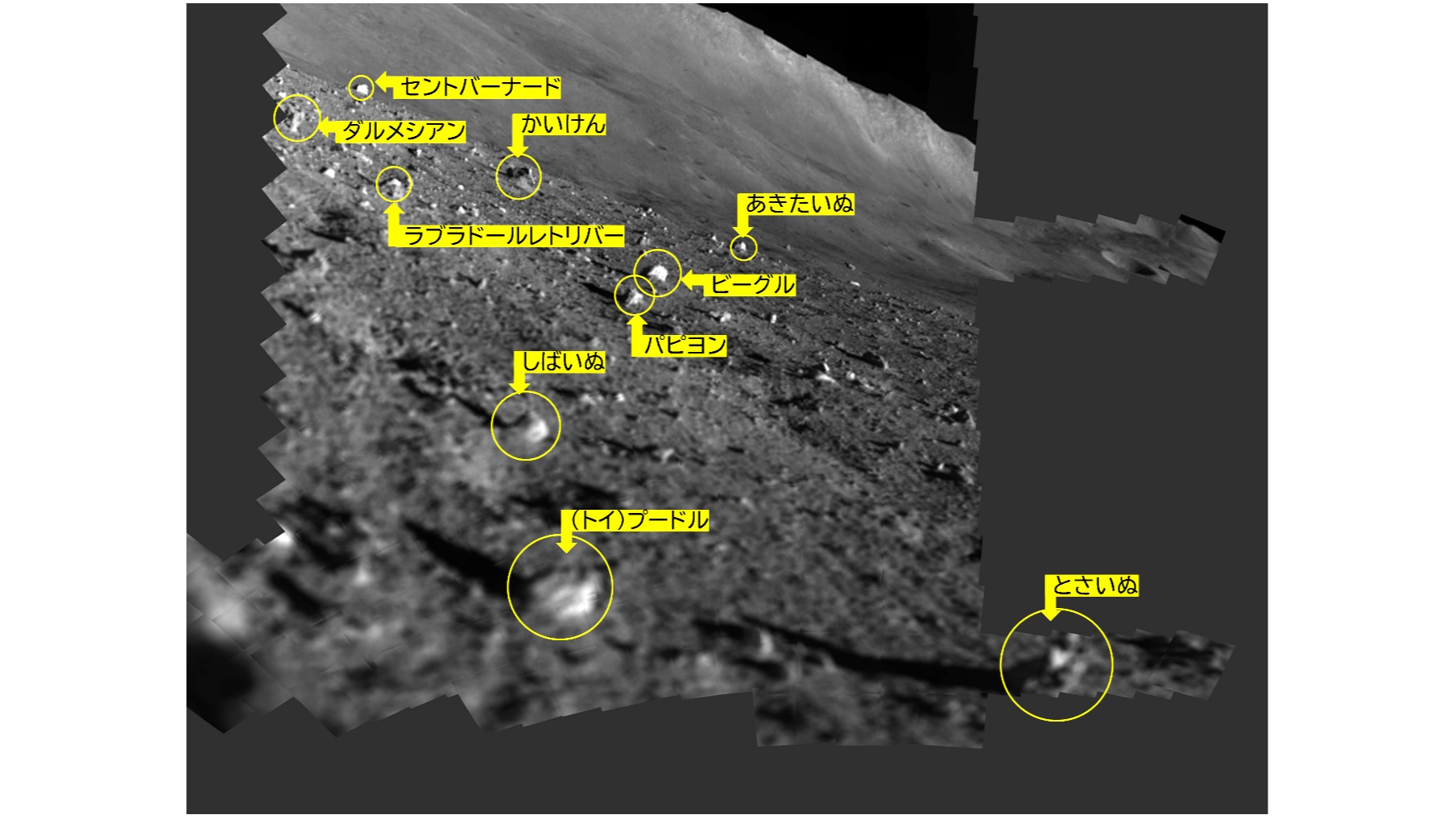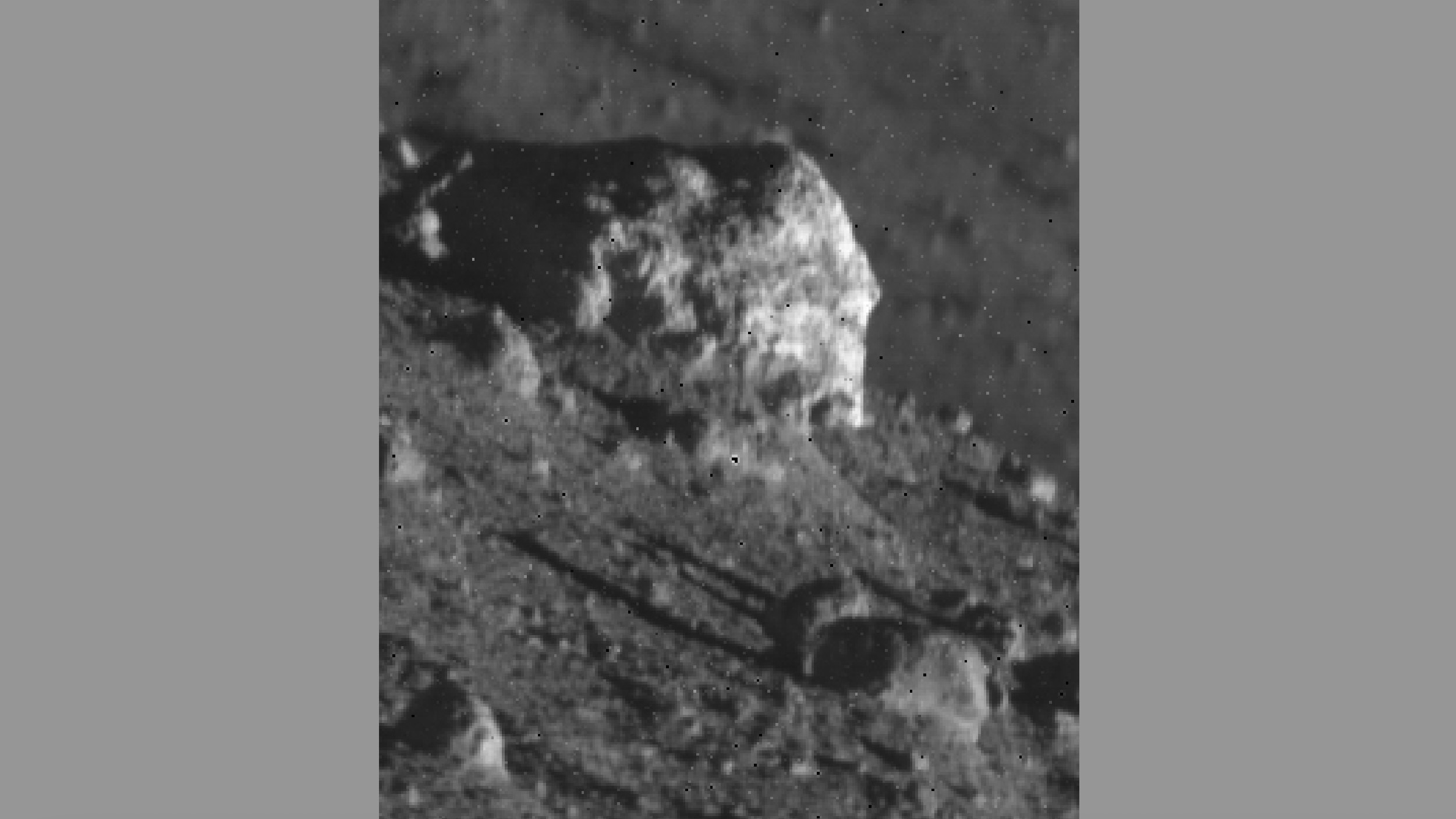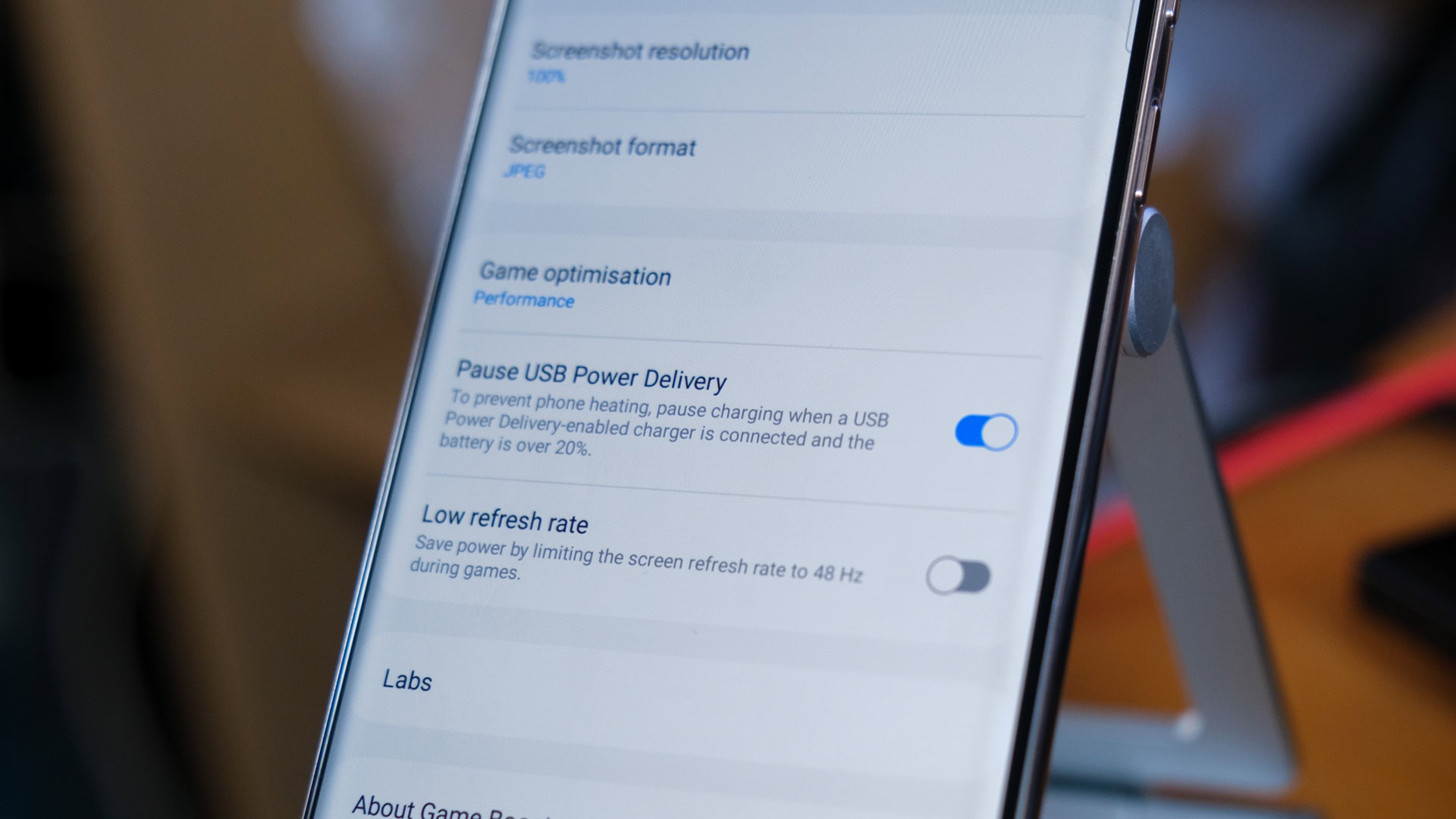Japan’s historic SLIM moon lander has shut down ahead of the anticipated cold lunar nighttime, but not before capturing some last images and plenty of scientific data. SLIM, which stands for “Smart Lander for Investigating Moon,” made a precise landing on the edge of Shioli crater on Jan. 19, despite engine issues that caused it to land nose-down. This resulted in the spacecraft’s solar panels facing westward with limited sunlight, initially causing its operations on the lunar surface to be cut short. However, after nearly 10 days, SLIM successfully reactivated as sunlight finally reached its panels.
Related: Japan’s SLIM moon lander photographed on the lunar surface — on its nose (image)
 Image of the lunar surface captured by Japan’s SLIM moon lander. Due to different solar radiation conditions over time, some rocks to be observed were changed and added. (Image credit: JAXA, Ritsumeikan University, University of Aizu)
Image of the lunar surface captured by Japan’s SLIM moon lander. Due to different solar radiation conditions over time, some rocks to be observed were changed and added. (Image credit: JAXA, Ritsumeikan University, University of Aizu)
The Japan Aerospace Exploration Agency (JAXA), which operates SLIM, has been analyzing the nearby lunar surface using the spacecraft’s Multi-Band Camera (MBC) to study its composition. The MBC examines olivine and other minerals by analyzing the light signatures of reflected sunlight. JAXA’s SLIM account on X, formerly Twitter, shared a final image taken by SLIM’s navigation camera on Jan. 31 Japan time, while confirming the spacecraft had entered a dormant state as expected.
Last night (1/31 ~ 2/1) we sent a command to switch on #SLIM’s communicator again just in case, but with no response, we confirmed SLIM had entered a dormant state. This is the last scene of the Moon taken by SLIM before dusk. #GoodAfterMoon #JAXA pic.twitter.com/V1iAUoxJFKFebruary 1, 2024
JAXA will have to wait out the roughly 14.5-Earth-day-long lunar nighttime and then wait for favorable lighting and temperature conditions later in the next lunar daytime (which starts around Feb. 15) before SLIM can potentially be revived once more. For the probe to awaken again, its electronics must hold up in the face of equatorial lunar nighttime temperatures of around minus 208 degrees Fahrenheit (minus 130 degrees Celsius). Whether or not SLIM wakes up, it has accomplished its extended mission goals by making a precision landing, deploying small rovers, and gathering a wealth of scientific data. SLIM’s X account also shared labeled images of targets of MBC’s spectroscopic imaging, showcasing the rocks and regolith being studied.
 The lunar rock “Aki Inu,” imaged in near-infrared light by the Multiband Spectroscopic Camera instrument on Japan’s SLIM moon lander after power was restored. “Aki Tainu” is 2.07 feet (63 centimeters) wide and lies 59 feet (18 meters) from SLIM. (Image credit: JAXA , Ritsumeikan University, University of Aizu)
The lunar rock “Aki Inu,” imaged in near-infrared light by the Multiband Spectroscopic Camera instrument on Japan’s SLIM moon lander after power was restored. “Aki Tainu” is 2.07 feet (63 centimeters) wide and lies 59 feet (18 meters) from SLIM. (Image credit: JAXA , Ritsumeikan University, University of Aizu)
“Based on the large amount of data we have obtained, we are proceeding with analyses to identify rocks and estimate the chemical composition of minerals, which will help solve the mystery of the origin of the moon,” a Google machine translation of a Feb. 1 JAXA statement read. “We will announce scientific results as soon as they are obtained,” the statement added.













